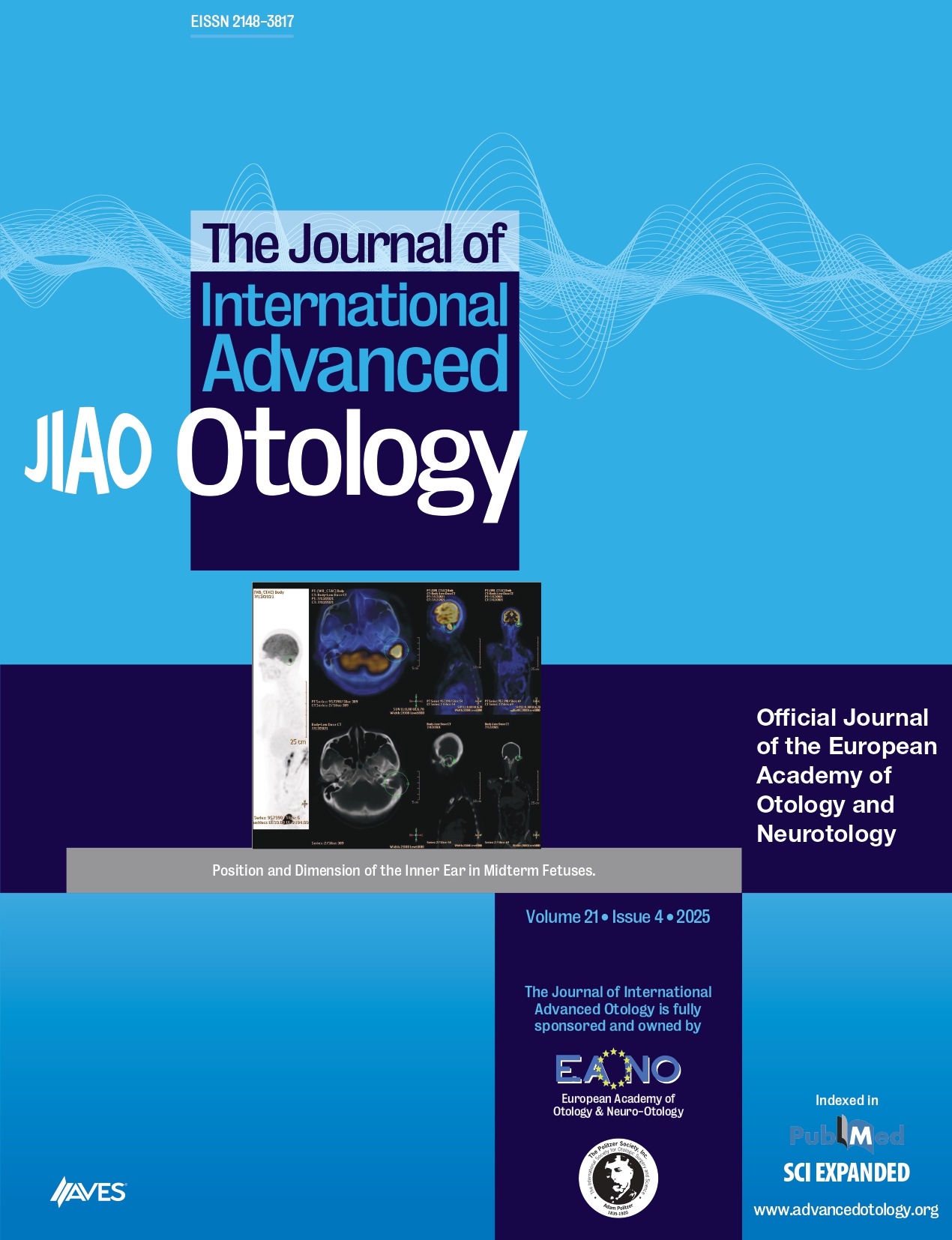Abstract
OBJECTIVES: To determine the benefit of a routine plain radiography (X-ray) for confirming the optimal electrode position in cochlear implant surgery.
MATERIALS and METHODS: In total, 245 patients (135 males and 111 females) who underwent cochlear implantation in a single tertiary referral center were included in this study. Postoperative plain X-ray findings and electrophysiological tests were retrospectively analyzed.
RESULTS: The mean age was 11.4±14.6 years (range, 1–70 years). Overall, 196 (80%) patients were pediatric patients (age, <18 years) and 49 (20%) were adults (age, ≥18 years). The mean rotation of electrode arrays was 1.03±0.17 turns. The plain X-ray revealed that electrode misplacement was present in 5 patients (2%); incomplete insertion in 3 patients, and tip rollover and electrode migration in 1 patient each. A revision was performed for the last patient who had an extracochlear electrode position in the plain X-ray.
CONCLUSIONS: Postoperative imaging is mostly used to confirm the electrode array position after cochlear implant surgery. In addition, intraoperative evaluations have low positive predictive value and sensitivity. Thus, this study revealed that postoperative radiological imaging should be considered even when all intraoperative electrophysiological measures and surgical reports are normal.
Cite this article as: Çelik M, Orhan KS, Öztürk E, Avcı H, Polat B, Güldiken Y. Impact of Routine Plain X-ray on Postoperative Management in Cochlear Implantation. J Int Adv Otol 2018; 14(3): 365-9.



.png)
.png)